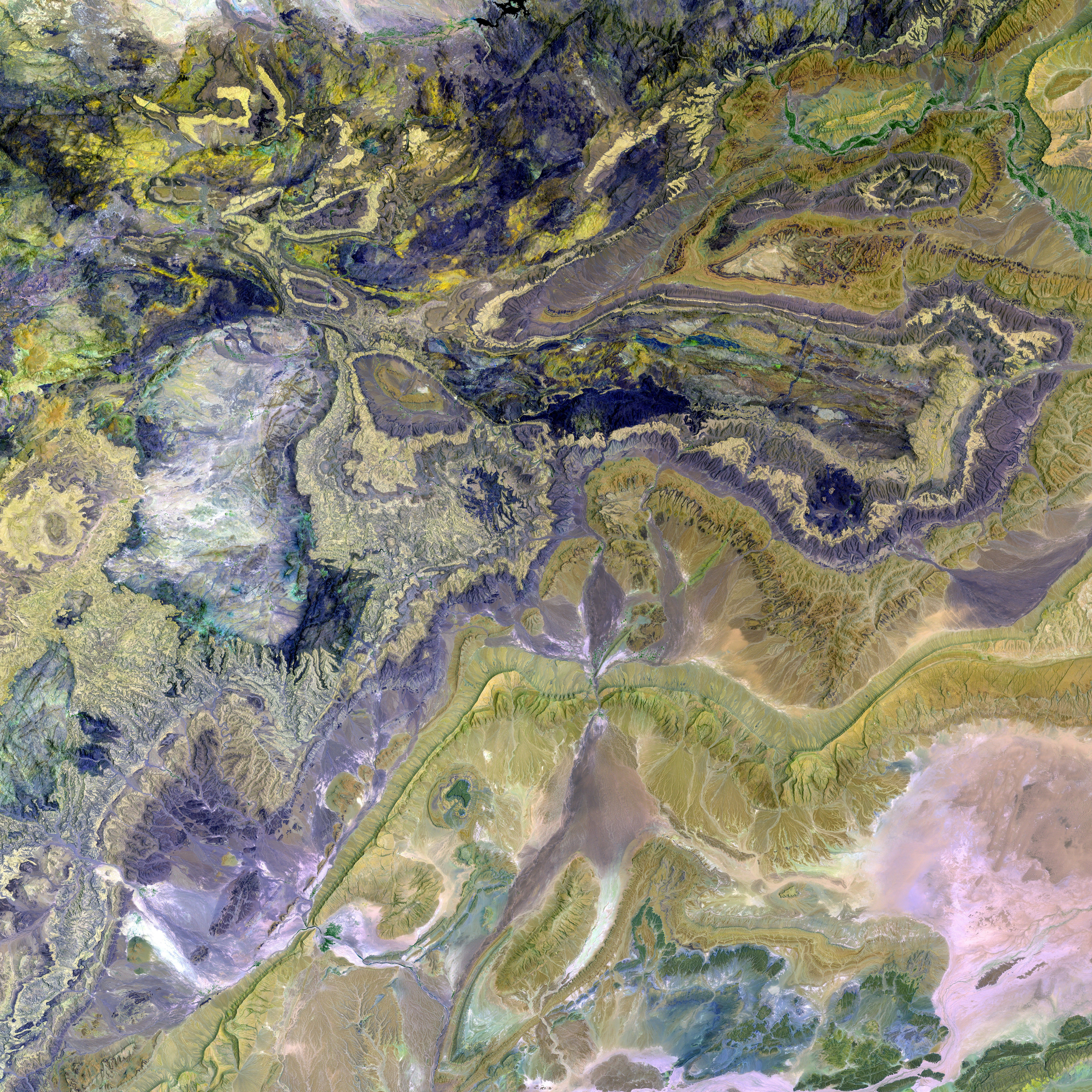Soil Contamination: A Gradual Toxicity for Vegetation
The Harmful Impact of Salt on Plant Growth
Salt, often used to de-ice roads and paths during winter, can pose significant challenges for plant life. When salt enters the soil, it can lead to a variety of issues—from leaf scorch and stunted growth to plant deaths.
The absorption of water by salt creates a drought-like environment in the soil, leaving plants to battle for moisture. This condition, known as physiological drought, negatively impacts plants' growth and ability to photosynthesize.
Besides reducing water availability, salt can also affect plants at a cellular level. Sodium and chloride ions, which are released when salt dissolves in water, can be toxic to plants. These ions, if taken up by plant roots, can interfere with essential processes, causing leaf burn and die-back.
Moreover, salt in the soil can displace essential mineral nutrients, leading to deficiencies and further hindering plant growth. This displacement can also adversely affect soil quality, resulting in decreased aeration and drainage.
Salt tolerance varies depending on factors such as plant type, salt type, and water availability. To ensure the health and growth of their plants, gardeners and farmers should understand how salt impacts their vegetation and implement strategies to mitigate these effects.
- Protecting Plants from Salt Spray: Salt spray from cars and plow trucks can cause salt burn on buds, leaves, and twigs. Planting salt-tolerant species or erecting physical barriers like burlap screens or plastic shields can help protect plants. Using alternative de-icing methods, such as calcium chloride or magnesium chloride, can also minimize injury to plants.
- Leaf Scorch and Chloride Ion Accumulation: Chloride ions can accumulate in leaves, interfering with photosynthesis and leading to leaf scorch. Minimizing salt use, combining salt with sand or cinders, and targeting applications away from plants can help prevent accumulation and subsequent damage. Improving soil drainage and adding compost to reduce alkalinity can also help decrease salt accumulation in leaves.
- Managing Salts to Protect Plant Roots and Growth: Salts can cause root dehydration and reduce plant growth. Adopting practices such as improving soil drainage, using low-salt irrigation water, and applying organic matter can help buffer salt concentrations and promote healthier roots. Selecting salt-tolerant plant varieties can also enhance their ability to thrive in saline conditions.
In summary, salt can negatively affect plant growth through mechanisms like osmotic stress, ion toxicity, and nutrient imbalance. By understanding these effects and implementing appropriate management strategies, growers can protect their plants and maintain healthier, more productive crops.
- Vegetable gardening practices can benefit from a focus on minimizing salt use, as elevated salt levels can interfere with plant growth, photosynthesis, and soil quality—undermining the health-and-wellness of vegetation.
- Incorporating science into the gardening process can provide gardeners with the knowledge necessary to identify salt-tolerant plant varieties, use alternative de-icing agents, and employ techniques such as improving soil drainage and applying organic matter—all with the purpose of enhancing fitness-and-exercise and nutrition levels in plants, as well as in the produce they provide.






